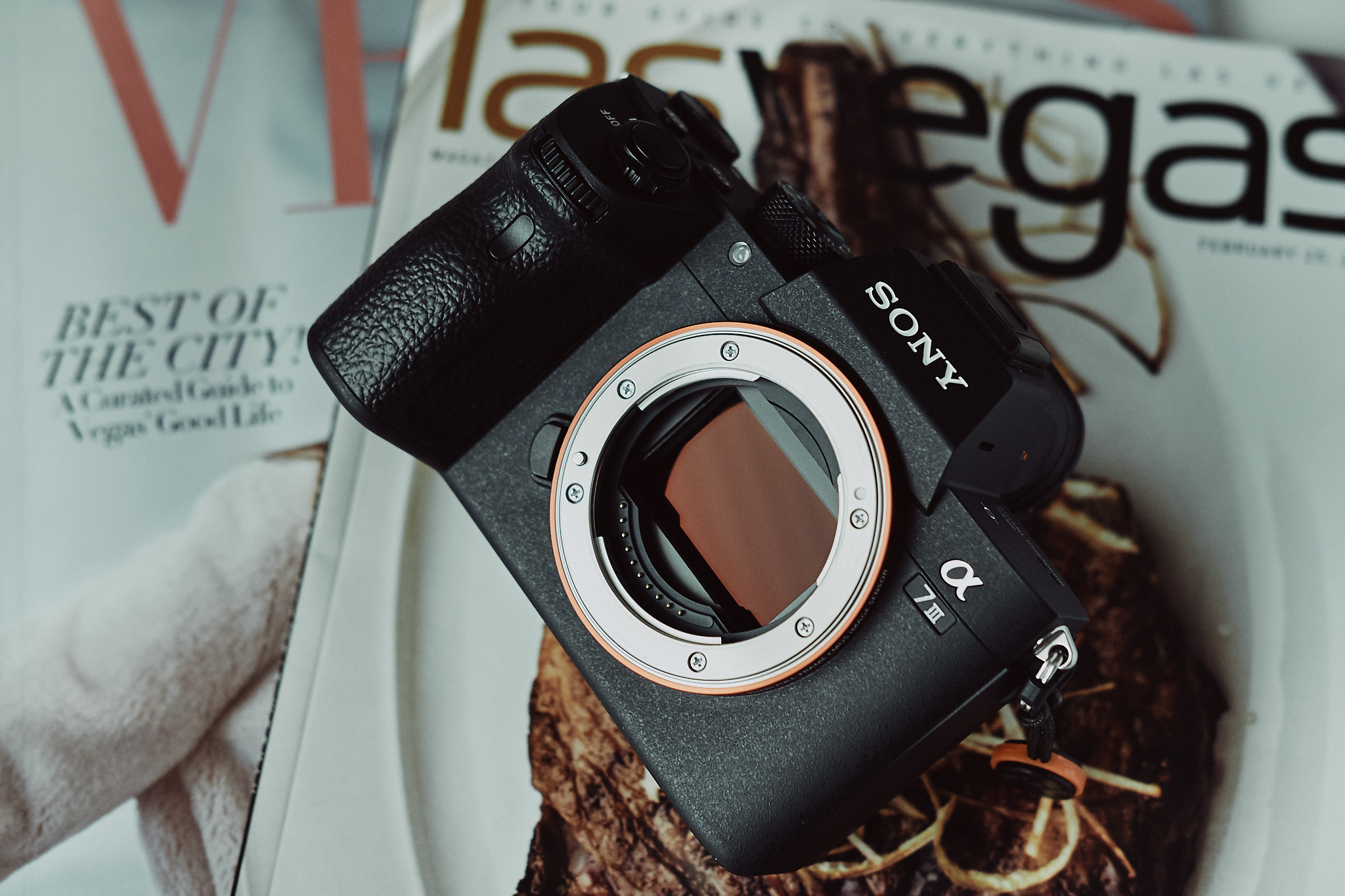Last Updated on 09/28/2019 by Mark Beckenbach
Cameras with IBIS (in-body image stabilization) can make a photographer’s life so much easier.
Cameras with IBIS have been around for a while, but it’s only in the last three years that the technology has become more prevalent. Sony made IBIS popular when they started using it in their Mirrorless cameras. They aren’t the only manufacturers who offer this tech in their cameras though. Another great thing about IBIS becoming more widely available is that the price of the cameras that feature it have come down in price. In this roundup, we will take a quick look at five cameras with IBIS that can be snapped up for under $2,000.
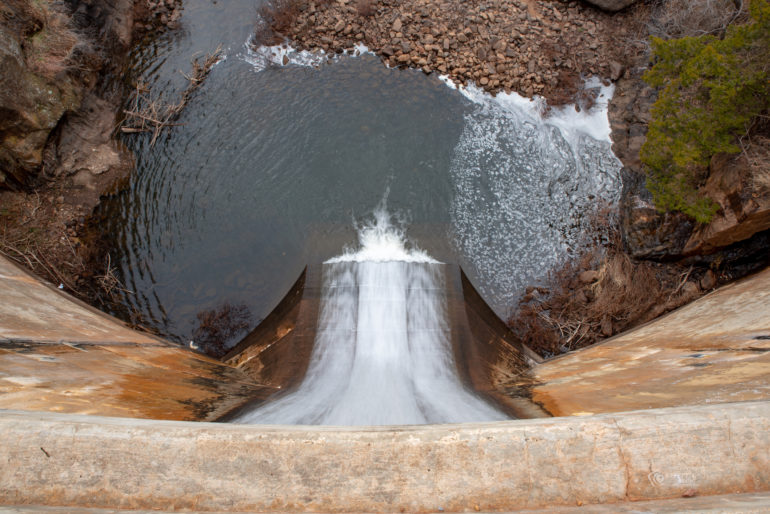
In-body image stabilization is a remarkable feature that allows you to hand-hold your camera at shutter speeds that would cause motion blur without a tripod. In general, cameras with IBIS add roughly five stops of light. This means the shutter speed can be slowed way down in low light situations, and still produce razor-sharp images. Cameras like the Olympus OM-D EM1 II can be handheld for upwards of 15 seconds, which is just incredible. If you shoot video, you’ll also benefit from this feature a great deal: you will be able to record stable footage without the use of a gimbal. If you want your next camera to feature in-body image stabilization but don’t want to spend a fortune, check these five cameras with IBIS that cost under $2,000.
Fujifilm X-H1
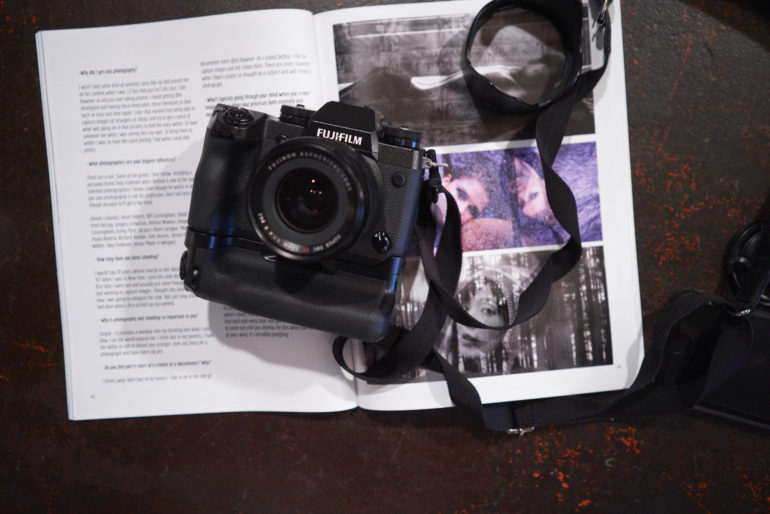
Here are the pros and cons from our full review:
Pros
- Great image quality
- The best autofocus of any APS-C camera on the market at the time of writing
- Film styles
- 4K 24p 200MB/second video is fantastic
- Weather sealing
- Pretty good battery life if you switch off all connectivity
- Easiest setup and connection to a mobile phone that we’ve experienced
- The top LCD screen is nice
- Dual card slots
- Versatile images
- Fantastic EVF
Cons
- Fujifilm Eterna is overrated
- Bluetooth in the background can drain battery life on top of the IBIS
- The grip and the size overall make it difficult to reach the shutter dial. It’s very difficult or nearly impossible to reprogram the exposure functions due to how their lenses work
- The vertical grip isn’t necessary really, but we see how and why folks would like it
Buy now ($999): Adorama
Olympus OMD E-M1 Mk II
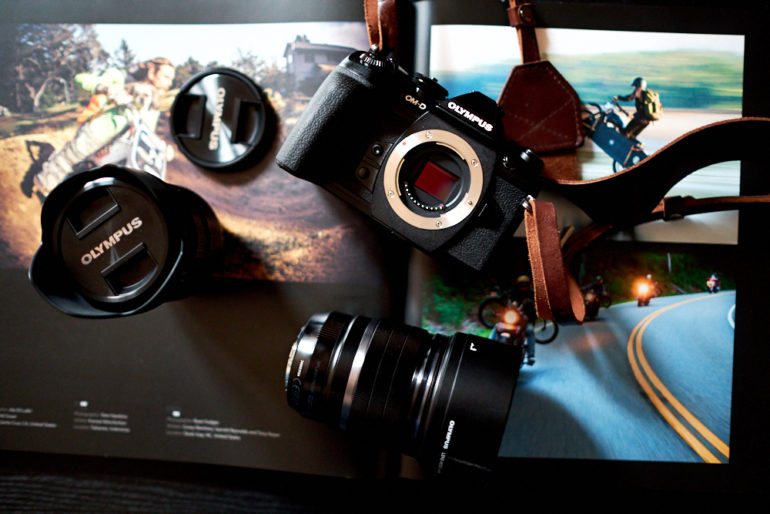
Here are the pros and cons from our full review:
Pros
- Good image quality though you start to see shadow noise at ISO 6400
- They’ve finally fixed that stupid problem where ISO 6400 was marked as an extension.
- Fast autofocus though can sometimes miss moving subjects in low light
- Weather sealing that is bananas.
- We handheld the camera and got a blur-free image at 15 seconds.
- Comfortable to hold
Cons
- Menus got deeper
- The price point is hard to justify (at the time of writing)
- Despite having some of the best ergonomics we’ve ever felt on any camera to date, they desperately need a dedicated ISO control dial
Buy now ($1,499): Adorama

Pro Tip: The above image is an excellent example of what can be achieved in cameras with IBIS. This 15-second exposure is tack sharp even though it was handheld. Your creative possibilities can be greatly expanded thanks to this technology. If you plan on using any cameras with IBIS at night for long exposures you should attach a light pollution filter on your lens. A light pollution filter like this one from IRIX will help cut out the yellow glow and haze from sodium lamps in your city. You will get sharper images with more accurate colors if you use one. They are available in many thread sizes, so check them out.
Pentax K1 Mk II
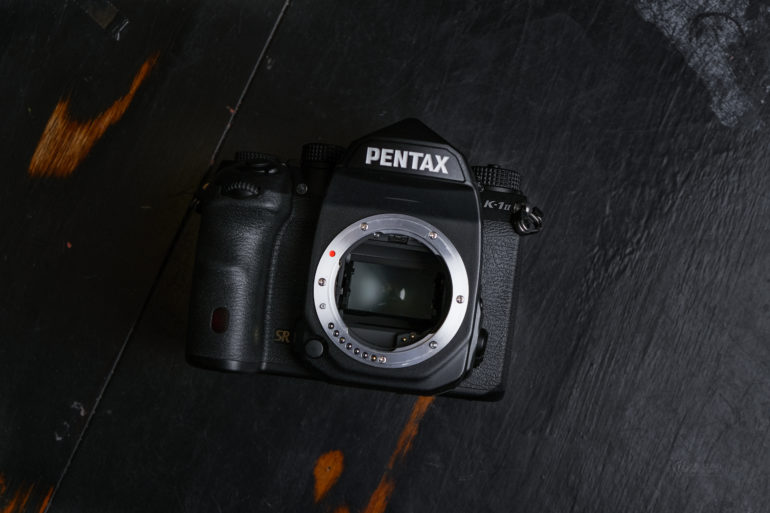
Here are the pros and cons from our full review:
Pros
- Enough weather sealing to last a lifetime
- Rock-solid build quality
- Easy to read LCD Screen
- In-Body Image Stabilization / Pixel Shift
- Gorgeous 100% coverage viewfinder
- Excellent image quality
- Dual SD Card slots
- Great battery life
- That little light above the lens mount
Cons
- Only 33 focus points
- Autofocus system won’t win any races
- Extremely heavy
- No touchscreen
Buy now ($1,796.95): Adorama
Nikon Z6
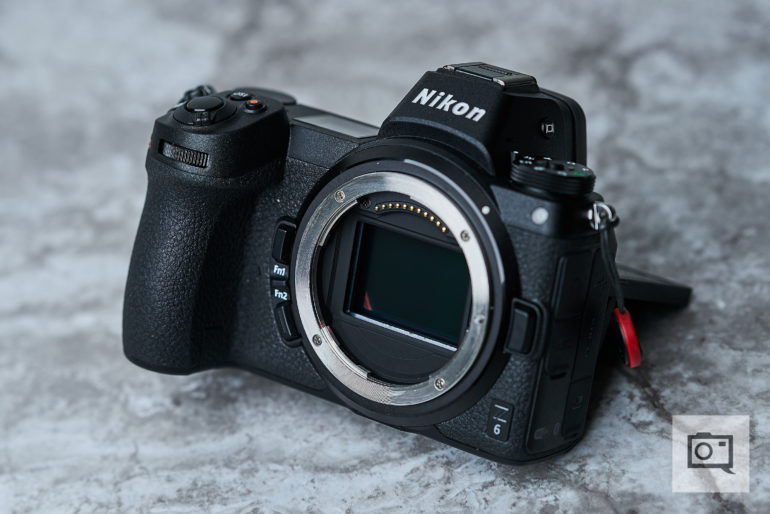
Here are the pros and cons from our full review:
Pros
- Comfortable handgrip
- Excellent Electronic Viewfinder with 100% frame coverage
- EVF protrudes from the camera body, minimizing contact between your nose and the rear LCD
- The top display shows you all of your settings at a glance
- Intuitive touchscreen rear LCD
- Solid battery life when using newly designed EN-EL15b batteries
- Robust weather sealing
- Works with most existing Nikon F mount lenses using the Nikon FTZ adapter
Cons
- Single XQD card slot may be a deal-breaker for photographers with certain workflows
- Colors on the rear LCD were inconsistent when compared to EVF
- Autofocus performance, while better than the Nikon Z7, still leaves much to be desired
- Certain settings were oddly organized within the menus
- There is way too much settings information displayed on the rear LCD, often getting in the way of you framing your shot
Buy now ($1,796.95): Adorama

Pro Tip: Having a camera filled with tech is great, but if you don’t take care of your gear, it will quit on you in a hurry. Cameras can get dirty quickly. They are exposed to the elements, and dust particles absolutely love electronics. Keep a basic camera cleaning kit with you wherever you go so that you can take care of dust and other nasties frequently. We also recommend giving your gear a more thorough cleaning at least bi-weekly. You don’t need an expensive cleaning kit either. This one will do nicely.
Sony a7 III
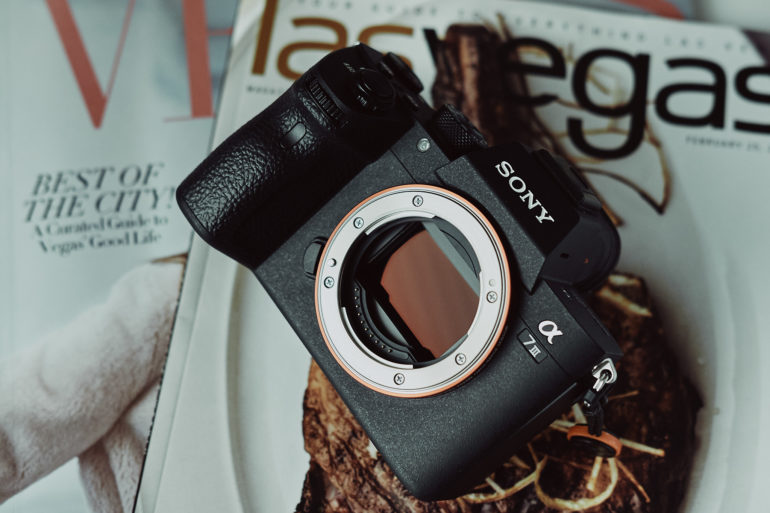
Here are the pros and cons from our full review:
Pros
- The best battery life of any Sony or mirrorless camera we’ve ever tested
- A fair amount of resolution and versatility in the RAW files that can be realized with Capture One
- Nice feel to it
- Consistency with all the other cameras in terms of the menu system
- Autofocus can acquire a target in near darkness
- Essentially feels like a scaled-down Sony a9 and Sony a7r III
Cons
- Mount and certain lenses may allow for dust to get in onto the sensor. It isn’t as tight as the a7r III
Buy now ($1,998): Adorama


